Cabbage is dramatic. It bolts. It sulks. It splits without warning. But when it’s happy? It’s a leafy, crunchy masterpiece. Don’t let garden drama scare you off. You can grow perfect cabbage—tight heads, no pests, and zero bitterness—even if your “garden” is a couple of containers on the patio or a raised bed tucked behind the garage. The secret? It’s not magic. It’s not guesswork. It’s a few smart habits and knowing what cabbage actually wants. Sun. Space. Patience. Maybe a little tough love. Whether you’re chasing coleslaw dreams or homemade kimchi goals, these 15 tips will get you one step closer to cabbage glory. Let’s grow the stuff grandma would brag about.
Choosing the Right Container
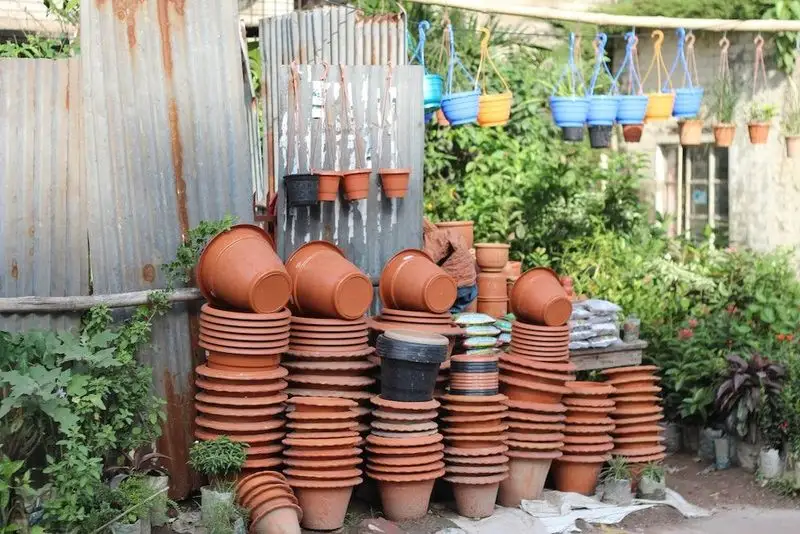
Selecting the correct container is crucial. Look for containers that are at least 12 inches deep and wide. This allows for the cabbage’s root system to expand and thrive.
Ensure the container has drainage holes to prevent waterlogging. Waterlogged soil can lead to root rot, endangering your cabbage.
Opt for materials like clay or plastic, which retain moisture well but also allow excess water to escape. Placing the container in a location with ample sunlight will also support healthy growth.
Ideal Soil Mix
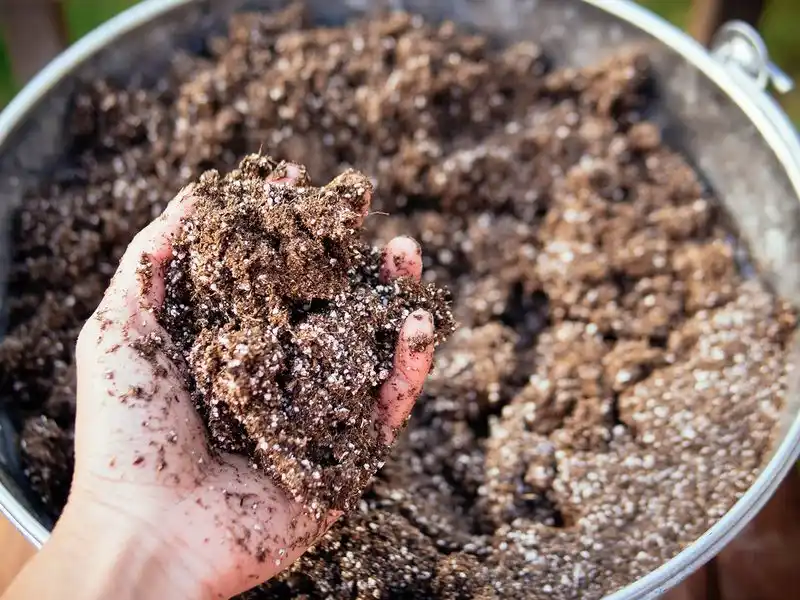
Cabbage thrives in nutrient-rich soil. Prepare a mix of peat moss, compost, and perlite to ensure proper aeration and drainage.
This combination supports the roots and prevents compaction, which can hinder growth. Adding organic matter will enrich the soil, providing essential nutrients for your plants.
Regularly amend the soil with compost to maintain fertility, especially in raised beds. Healthy soil is the foundation for robust cabbage development.
Sunlight Requirements
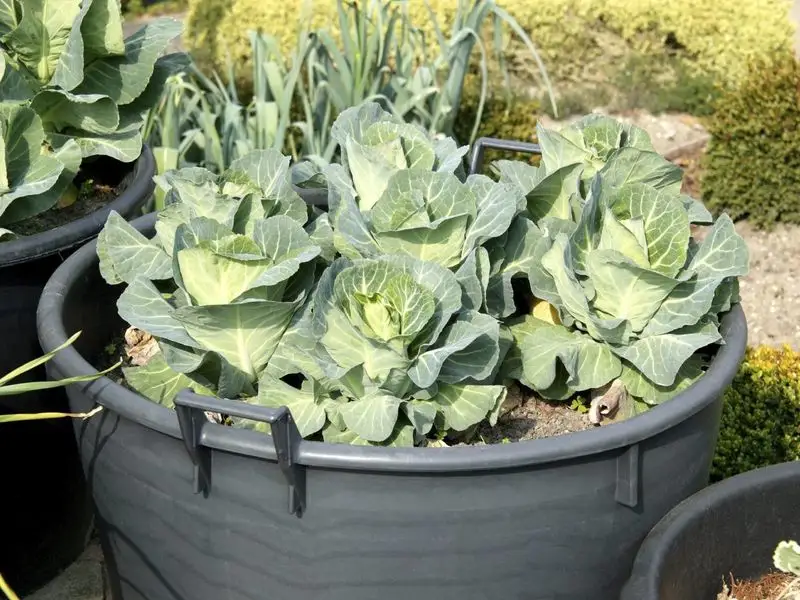
Cabbage needs plenty of sunlight to grow strong and healthy. Aim for at least 6 to 8 hours of direct sunlight daily.
Placing your container or raised bed in a spot that receives morning sun can help avoid the harsh afternoon heat. This balance encourages steady growth without stressing the plants.
Monitoring the sun’s path and adjusting locations if needed can optimize the exposure your cabbage receives, leading to a more successful harvest.
Watering Techniques

Consistent moisture is key for cabbage. Water your plants deeply, allowing the water to penetrate the soil thoroughly.
This deep watering encourages roots to grow downward, stabilizing the plant. Avoid watering the leaves directly to prevent mildew and fungal diseases.
In raised beds, consider drip irrigation systems to maintain even moisture levels. Adjust watering frequency based on weather conditions to ensure your cabbages never dry out completely.
Fertilizing Strategy
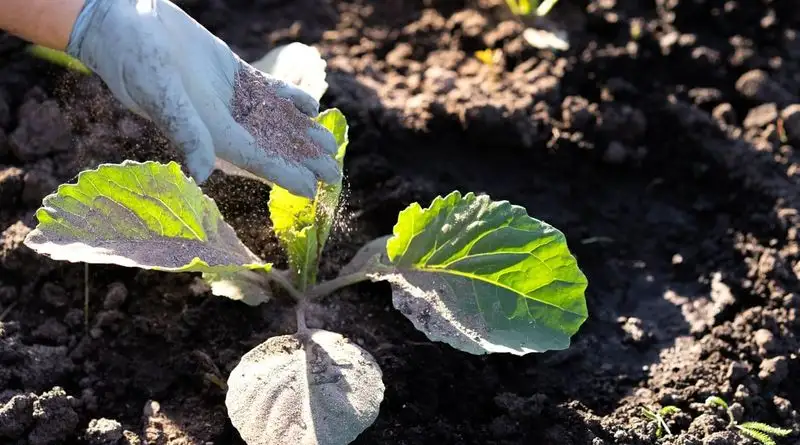
A strategic fertilizing plan can boost cabbage growth. Start with a balanced granular fertilizer, applied at planting time.
As the plants grow, switch to a high-nitrogen liquid fertilizer to support leafy development. Regular feeding every 4-6 weeks keeps the soil nutrient-rich.
Organic options, such as fish emulsion, are excellent for environmental health and plant vigor. Always follow the manufacturer’s instructions to avoid over-fertilizing, which can damage your plants.
Pest Control Measures
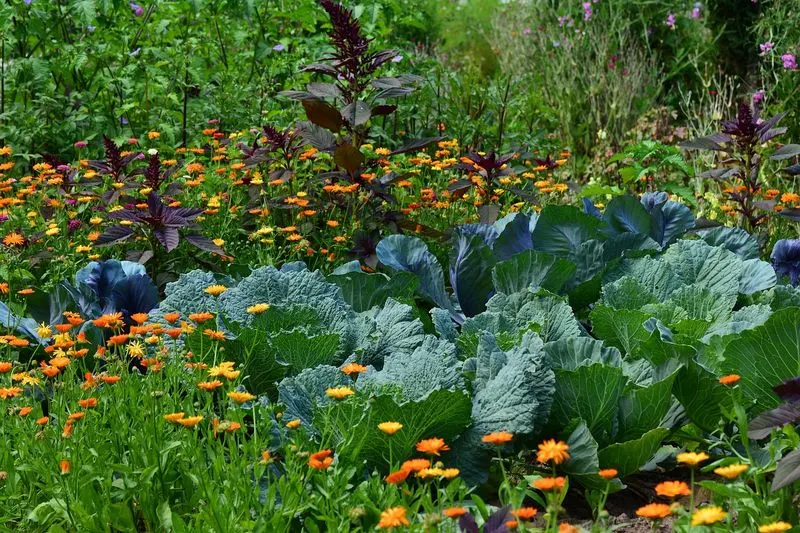
Keeping pests at bay is essential for cabbage success. Employ companion planting with herbs like dill and mint to deter common pests.
Physical barriers, such as netting, provide additional protection without harmful chemicals. Regularly inspect plants for signs of infestation.
Introduce beneficial insects, such as ladybugs, to naturally manage pest populations. Integrated pest management practices minimize harm and encourage a balanced ecosystem in your garden.
Temperature Considerations
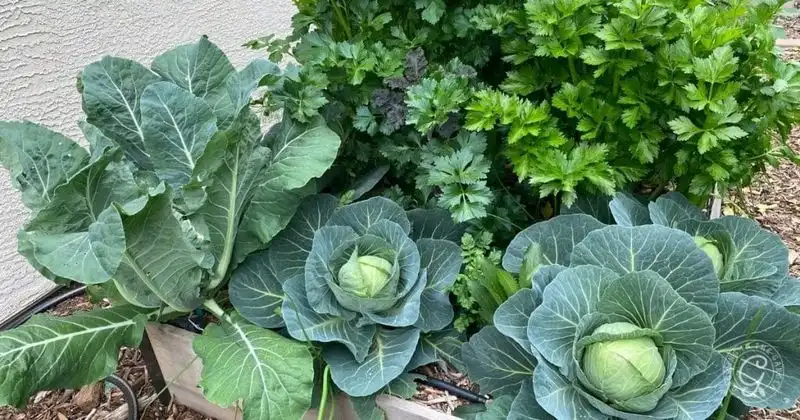
Cabbage prefers cooler temperatures. Ideal growing conditions range from 60-70°F (15-21°C).
In hot climates, provide shade during peak heat to prevent bolting. Mulching can help regulate soil temperature, keeping roots cool.
In colder regions, row covers protect from frost. Understanding your climate and making necessary adjustments ensures your cabbage plants remain healthy and productive throughout the growing season.
Spacing Guidelines
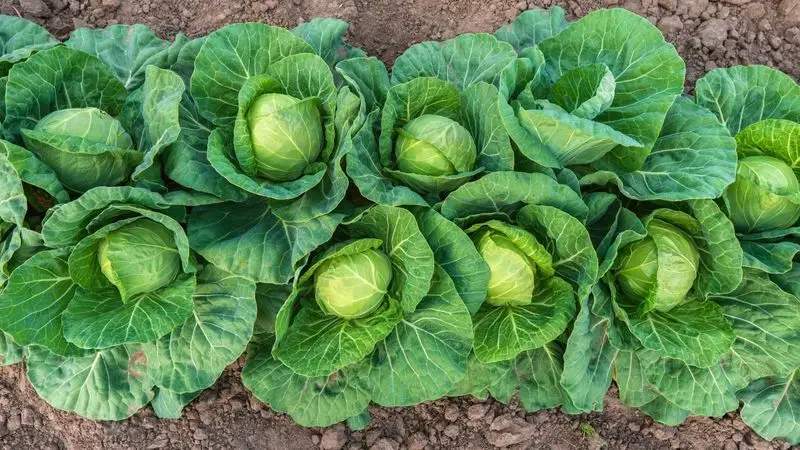
Proper spacing allows cabbages to flourish. Space plants at least 12-18 inches apart to ensure adequate airflow.
Crowded conditions can lead to disease spread and hinder growth. Each cabbage head needs room to expand and access sunlight.
In containers, consider one plant per pot unless using a large planter. Following these guidelines helps prevent competition for resources, resulting in healthier plants.
Mulching Benefits

Mulching offers numerous advantages. It helps retain soil moisture, reducing the need for frequent watering.
Organic mulches like straw or wood chips suppress weed growth and add nutrients as they decompose. They also help regulate soil temperature, benefiting root health.
Applying a layer of mulch around your cabbage plants minimizes evaporation and compaction. This practice supports consistent growth and enhances the overall well-being of your garden.
Pruning Techniques
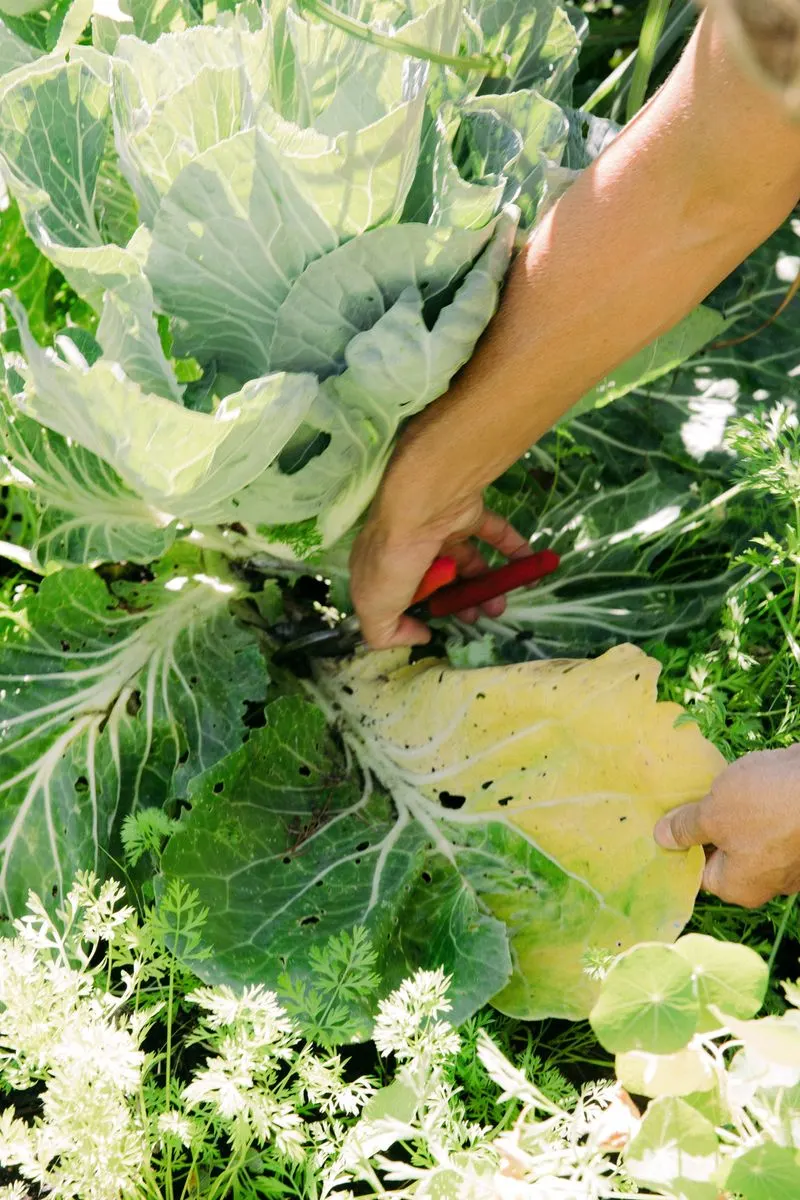
Pruning can enhance cabbage growth. Remove yellowing or damaged leaves to direct energy towards developing the cabbage head.
This practice improves air circulation around the plant, helping to reduce disease risk. Focus on pruning lower leaves first, as they are often shaded and less productive.
Regular inspection and careful pruning keep your plants healthy and allow for larger, more robust cabbage heads at harvest time.
Harvest Timing
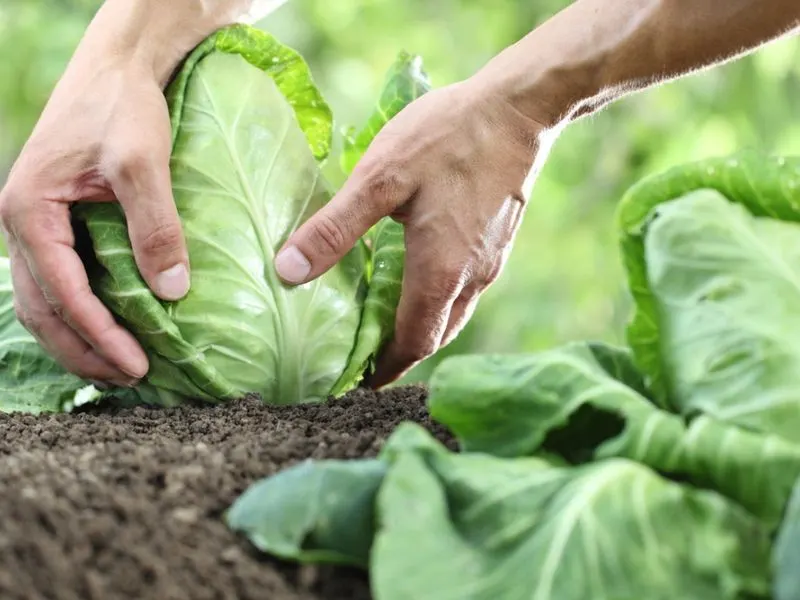
Timing your harvest is critical. Cabbages are ready when heads are firm and reach the desired size for their variety.
Harvesting too early results in smaller, less flavorful heads, while waiting too long can cause splitting. Use a sharp knife to cut the cabbage at the base.
Leave the outer leaves and stem in place; they may produce smaller, secondary heads. Understanding the right time to harvest ensures maximum flavor and nutrition from your cabbage plants.
Disease Prevention

Preventing disease is crucial for healthy cabbage. Start with disease-resistant varieties to minimize risk.
Rotate crops annually to avoid soil-borne pathogens, and practice good sanitation by cleaning tools and removing debris.
Space plants adequately to ensure good airflow and reduce humidity levels. Implementing these preventive measures keeps your cabbage plants free from common diseases and thriving throughout the season.
Winter Protection
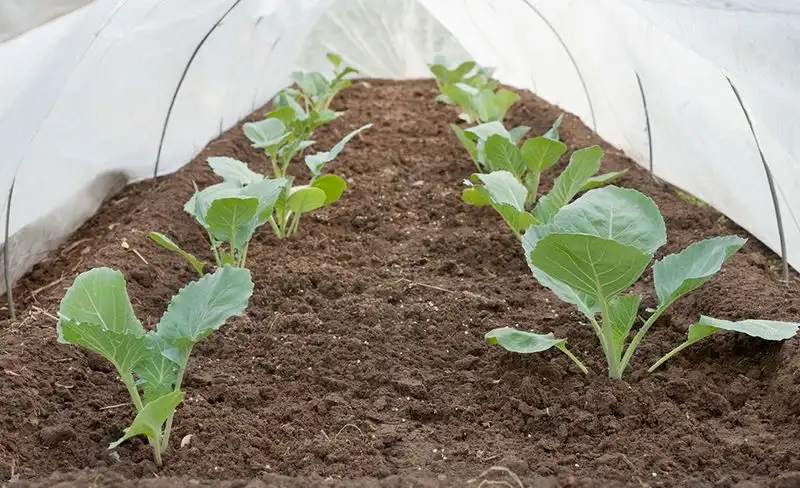
Protecting cabbage during winter extends the growing season. Use row covers or cold frames to shield plants from frost.
In mild climates, mulching with straw provides excellent insulation against fluctuating temperatures. Ensure that covers allow for ventilation to prevent overheating on sunny days.
Monitoring weather forecasts and adjusting protection as needed keeps your cabbages safe, allowing for a prolonged harvest period even in cooler months.
Soil pH Balance
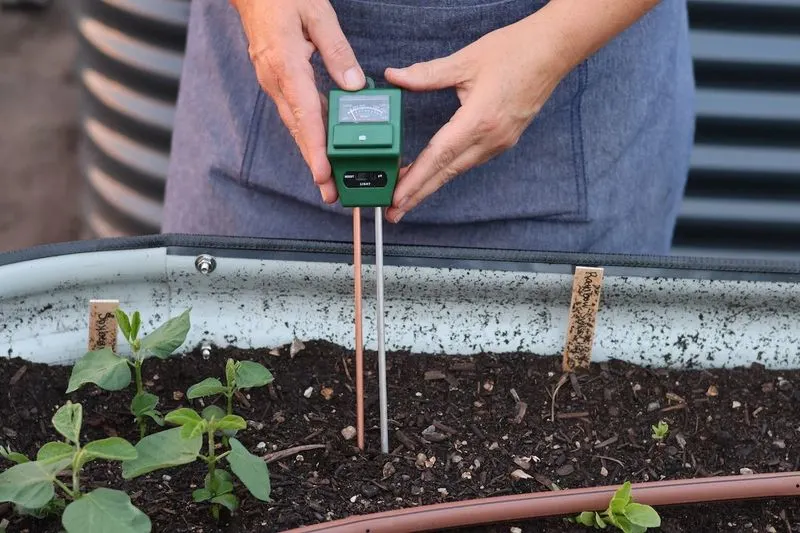
Maintaining the right soil pH ensures nutrient availability. Cabbage prefers a slightly acidic to neutral pH, around 6.0 to 7.0.
Test your soil regularly and adjust with lime or sulfur as needed. Correcting imbalances fosters healthy growth and maximizes nutrient uptake.
This practice, combined with regular fertilizing, ensures your cabbages receive everything they need from the soil, leading to robust heads and flavorful harvests.
Encouraging Pollinators
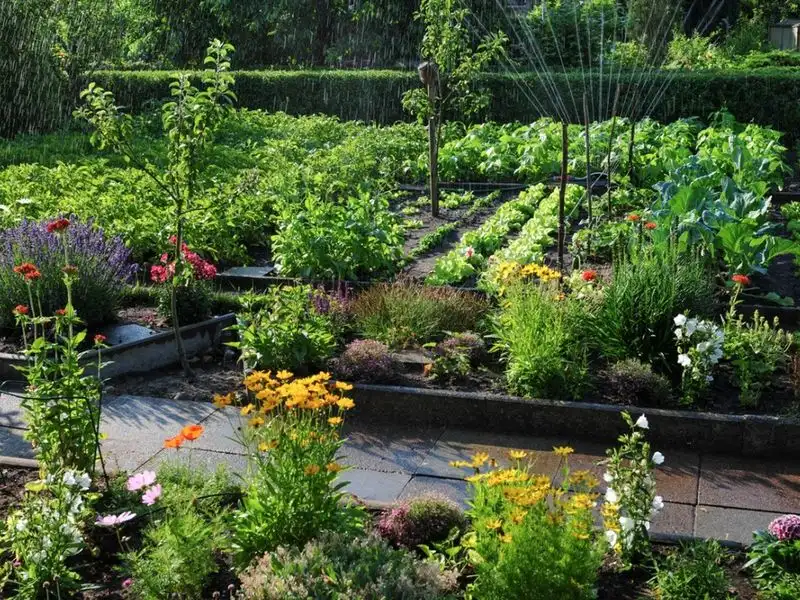
While cabbages are self-pollinating, encouraging pollinators enhances your garden’s ecosystem. Plant flowers like marigolds nearby to attract bees and butterflies.
These pollinators help with overall garden health, supporting other plants and increasing biodiversity. Providing a water source in your garden also attracts beneficial insects.
Creating a pollinator-friendly environment contributes to a thriving garden, ensuring that all plants, including cabbage, perform at their best.

